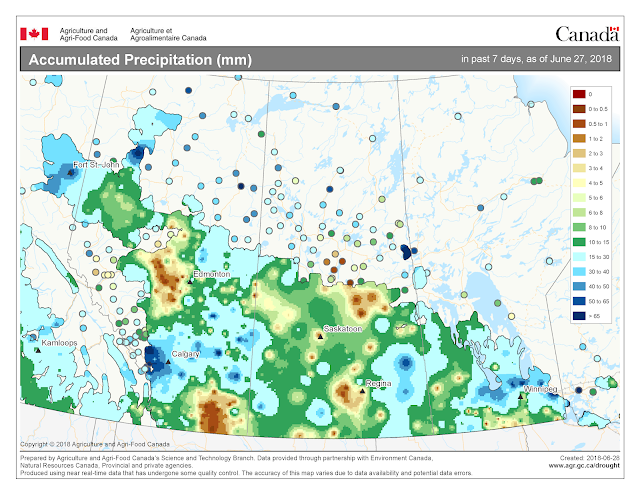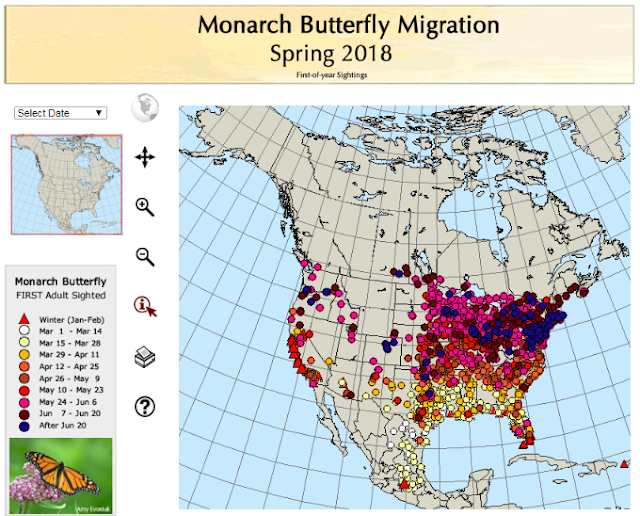Field crop entomologists across the prairies are on the move with surveying and at field events. Access the complete Weekly Update either as a series of Posts for Week 08 (June 28, 2018) OR a downloadable PDF version. Also review the "Insect of the Week" for Week 8!
Questions or problems accessing the contents of this Weekly Update? Please e-mail either Dr. Meghan Vankosky or Jennifer Otani. Past “Weekly Updates” can be accessed on our Weekly Update page.
Subscribe to the Blog by following these three steps!






































